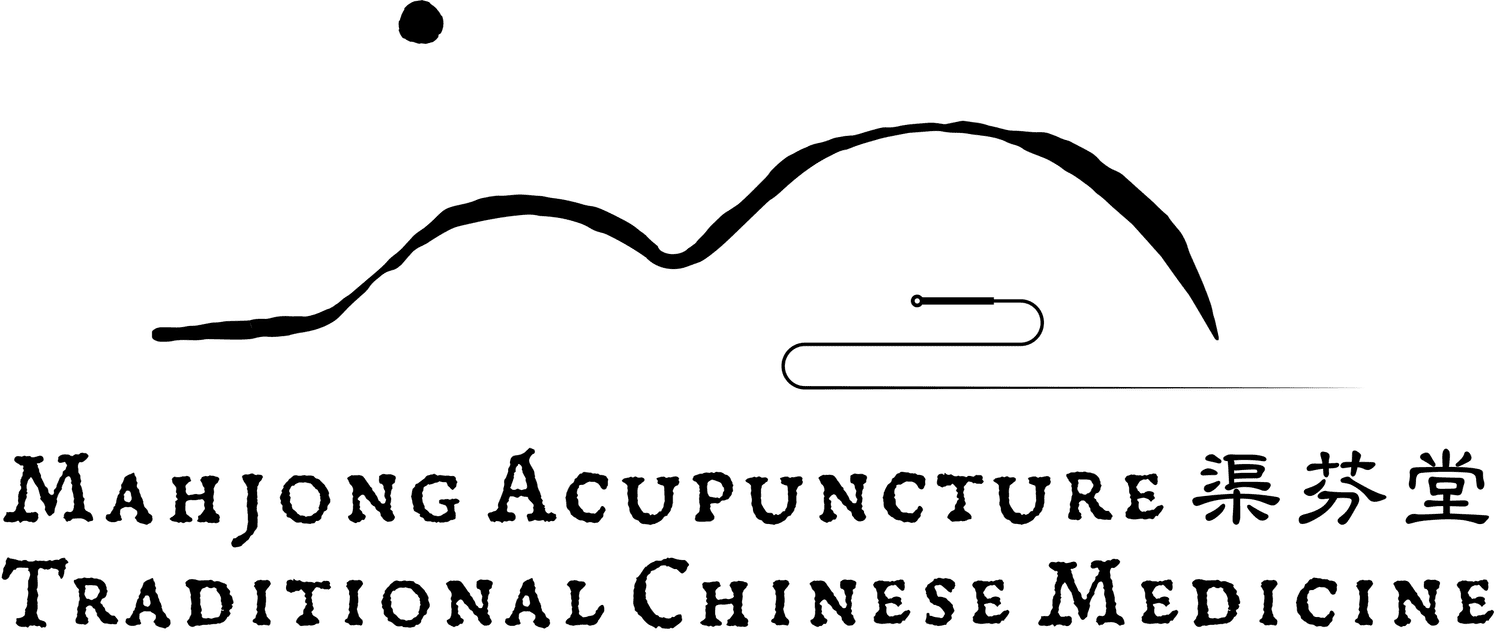A (Very) Brief History of Traditional Chinese Medicine
Origins: Philosophy Meets Physiology
TCM begins somewhere between myth and medicine. The legendary Yellow Emperor (Huangdi), who may or may not have been an actual person, is credited with the foundational text The Yellow Emperor’s Classic of Internal Medicine (compiled around 200 BCE). This book reads like a fascinating hybrid of medical manual, philosophy text and cosmic weather forecast. It explains disease in terms of yin and yang (the universe’s eternal opposites), the five elements (wood, fire, earth, metal, water) and meridians—channels of energy flowing through the body like an invisible subway system, thankfully with no transfer fees.
Unlike Western medicine of the same era, which was busy with Hippocratic humors and leeches, Chinese thinkers were already weaving a worldview where human beings mirrored the natural world. Too much heat in the liver? Think drought in the forest. A sluggish spleen? Imagine stagnant marshland. Ancient physicians diagnosed patients not only by their pulses but by their place in the greater cosmic drama.
Development: The Expanding Toolbox
Over the centuries, TCM built a medical armory that is still in use today (with varying levels of eyebrow-raising in the modern scientific community). Acupuncture arose as a way to stimulate qi (vital energy), using hair-thin needles inserted at strategically chosen acupoints. Herbal medicine flourished, cataloguing thousands of plants, minerals and the occasional exotic animal part (donkey-hide gelatin, anyone?). By the Tang dynasty (618–907 CE), Chinese herbal pharmacology was so vast that it rivaled the spice markets, with formulas for everything from fevers to heartbreak.
Clinicians refined techniques like moxibustion (burning mugwort near acupuncture points—part physical treatment, part medieval aromatherapy), cupping (suction cups that made you look like you lost a fight with an octopus) and tuina massage (hands-on bodywork equal parts therapeutic and slightly painful).
The Scholar-Physicians
During the Song and Ming dynasties, medicine became increasingly codified. Scholar-physicians—doctors who wrote treatises while sipping tea and adjusting their robes dramatically—produced encyclopedic works. These writings emphasized systematic observation: pulse taking, tongue inspection, and pattern differentiation (a diagnostic system still used today, which manages to be both highly structured and maddeningly poetic—think “liver fire blazing,” which sounds like a prog rock album.
Encounters with the West
Fast-forward to the 19th and 20th centuries, when Western biomedicine—armed with stethoscopes, microscopes, and antiseptic surgical theaters—began to challenge the authority of TCM. Among China’s urban elites, traditional practices were often dismissed as relics of superstition, better suited to dusty apothecaries than modern hospitals. Yet TCM endured—and even resurged—not because it competed with Western science on its own terms, but because Western medicine was costly, scarce and inaccessible to the vast majority of the population.
In the mid-20th century, the Chinese state actively promoted TCM as both a marker of cultural identity and a cornerstone of affordable, pragmatic healthcare. Medical schools began requiring physicians trained in Western biomedicine to also study TCM, creating a hybrid system that endures to this day. The “barefoot doctors” program, launched in the 1960s, became a symbol of this integration: community health workers trained in both basic biomedicine and traditional remedies who provided millions of rural villagers with essential care, often with little more than a kit of herbs, acupuncture needles and antibiotics.
TCM in the Modern World
Today, TCM lives a dual life. On one hand, it’s a system rooted in ancient cosmology and metaphor—where Qi must flow freely, Yin and Yang must balance, and the body is a microcosm of heaven and earth. On the other hand, it’s subject to modern research, with acupuncture now studied for a variety of health issues, herbal formulas investigated for bioactive compounds, and practices like Tai Chi and Qigong endorsed as forms of mindful movement at Comprehensive Cancer Centers and beyond.
Millions worldwide use TCM not as an alternative to modern medicine, but as a complement. It offers something many find lacking in hospital hallways: an emphasis on harmony, prevention and treating the human being rather than the “case.”
The Enduring Appeal
So why does TCM persist? Perhaps because it refuses to separate the body from the world it inhabits. Health isn’t just about killing germs or fixing broken parts—it’s about living in rhythm with nature, finding balance and occasionally smelling faintly of mugwort.
In short, Traditional Chinese Medicine is one of humanity’s longest-running medical experiments: a blend of philosophy, observation and pragmatism, still evolving millennia after millennia. It may not replace your drugs or surgery, but it just might help you see your health as part of a much bigger picture.
"Thus, an acupuncture master draws Yang from Yin and Yin from Yang, treating the right through the left and the left through the right. They see the external to comprehend the internal, perceiving the balance of excess and deficiency. By observing the subtle, they grasp the profound, applying their skills with precision, never erring in their art."
「故善用針者,從陰引陽,從陽引陰,以右治左,以左治右,以我知彼,以表知裏,以觀過與不及之理,見微得過,用之不殆。」
— The Great Treatise on the Manifestations/Correspondences of Yin and Yang, The Yellow Emperor's Internal Medicine
《黃帝內經 · 素問 · 陰陽應象大論》


